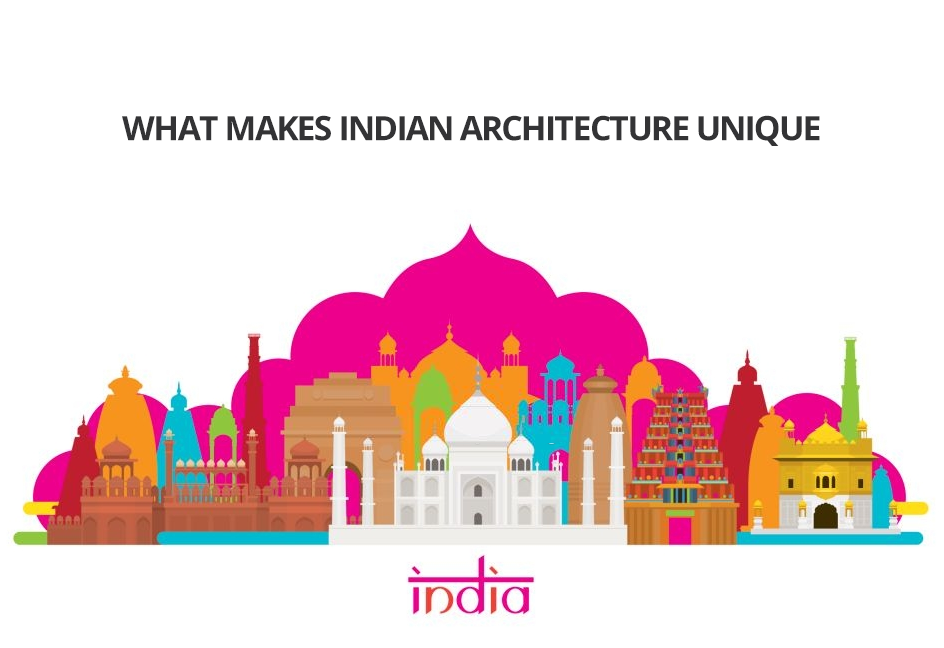
Indian architecture is a production of the Indian Subcontinent that includes a multitude of expressions influenced by time, religion and trends. It has been transformed by the powers of history and is considered to be completely unique to the Indian sub-continent. Indian architecture was known to absorb the elements of its influencers and create unique variants. The result is an evolving range of architectural creation that none the less retains a certain amount of continuity across history.
Influence of Buddhism
Buddhism gained importance during the reign of the emperor Ashoka. It’s chiefly represented by three important building kinds- the Stupa (hemispherical mound for worship/ memory) represented by the wonderful caves of Ajanta and Ellora and the monumental Sanchi Stupa. The division of Buddhism into Hinayana and Mahayana phases also influenced the nature of rock-cut art, the former being represented by artifacts used by the Buddha, and the latter by images of the Buddha. The Jaina temples are characterized by a richness of detail that can be seen in the Dilwara Temples in Mt. Abu.
Influence of Islam
With the beginning of Islam, the former Indian architecture was slightly modified to allow the ethnicities of the new religion, but it remained strongly Indian at its heart and character. Arches and domes began to be used and the mosque or masjid too began to form part of the landscape, adding to a new experience in form and space. The open courtyard for congregational worship. As idolatry was prohibited in Islam, the main means of embellishment was surface decoration through the use of geometry and calligraphy. Later, mosques began to be built with original material. The Jami masjid at Delhi is a representative example of an Indian mosque.
Influence of Colonialism
With colonization, a new episode initiated. Though the Dutch, Portuguese and the French made substantial forays, it was the English who had a lasting impact. The architecture of the colonial period varied from the opening attempts at creating authority through classical prototypes to the later approach of producing a supposedly more responsive image through what is now termed Indo-Saracenic architecture- a mixture of Hindu, Islamic and Western elements. Institutional, civic and utilitarian buildings such as post offices, railway stations, etc., began to be built in large numbers over the whole empire. Perhaps the most famous example is the Chhatrapati Shivaji Terminus (CST) in Mumbai, originally named in honor of Queen Victoria. The creation of New Delhi in early 20th century with its broad tree lined roads and majestic buildings produced lots of debate on what should be an suitable architecture for India.
Influence of Secularism
With the introduction of Modern Architecture into India and later with Independence, the mission was more towards progress as an example powered by secular visions. The planning of Chandigarh by Le Corbusier was considered a step towards this. Later as modernism drained itself in the West and new directions were sought for, in India too there was a search for a more expressive architecture fixed in the Indian context.
Indian art & architecture has evolved over the centuries and has been affected by numerous invaders and visitors who have brought different cultural styles from their motherlands. It is an abstract mix of elements and styles from around the world that remains an ever changing phenomena, making it truly unique.

